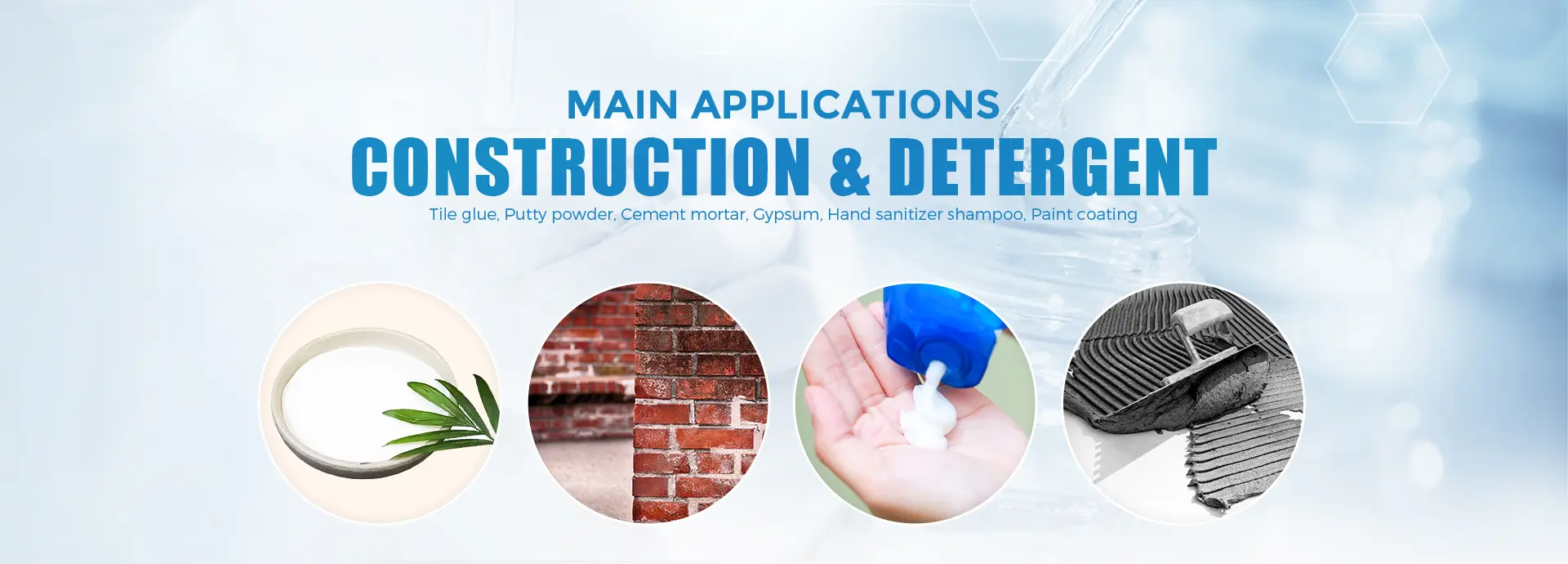The Role of HPMC in Gypsum Applications
Hydroxypropyl Methylcellulose (HPMC) is a versatile cellulose ether that has garnered attention for its wide range of applications across various industries, particularly in the construction sector. One of its most notable uses is in the formulation of gypsum products, including plaster, joint compounds, and finishing materials. This article explores the significance of HPMC in gypsum applications, focusing on its properties, benefits, and its role in enhancing the performance of gypsum-based materials.
Understanding HPMC
HPMC is a non-ionic, water-soluble polymer derived from cellulose, which is a natural polymer found in plant cell walls. It possesses unique chemical and physical properties, including high viscosity, good water retention, and excellent film-forming capabilities. These attributes make HPMC an ideal additive for many applications, especially in cementitious and gypsum systems.
Benefits of HPMC in Gypsum Products
1. Improved Workability One of the primary benefits of incorporating HPMC in gypsum formulations is the enhancement of workability. It increases the viscosity of the mixture, allowing for better manipulation and application. This ensures a smoother finish, reducing the likelihood of defects during installation.
2. Water Retention HPMC exhibits superior water retention properties, which is crucial in gypsum products. Adequate water retention prevents rapid evaporation during the setting process, allowing for more extended working time and ensuring proper hydration of the gypsum. This ultimately results in higher strength and durability of the final product.
hpmc for gypsum

3. Enhanced Adhesion The presence of HPMC in gypsum mixtures improves the adhesion properties. This is particularly important for joint compounds and plastering applications, where the material must bond effectively to various substrates. Higher adhesion reduces the risk of delamination or failure of the finish over time.
4. Flexural Strength Gypsum products containing HPMC generally exhibit an increase in flexural strength. This is significant for applications requiring structural integrity, such as wall finishes and ceiling systems. Enhanced strength contributes to improved resistance against cracking and wear.
5. Reduced Shrinkage HPMC helps to minimize shrinkage during the curing process of gypsum mixtures. Shrinkage can lead to cracking and surface imperfections, which compromise the aesthetic and functional quality of the product. By reducing shrinkage, HPMC contributes to better long-term performance.
6. Environmental Benefits As an additive derived from natural sources, HPMC is considered environmentally friendly. Its use in gypsum formulations aligns with the growing trend toward sustainable building materials.
Conclusion
In conclusion, HPMC plays a pivotal role in the formulation of gypsum products, enhancing their performance through improved workability, water retention, adhesion, and strength. As the construction industry continues to evolve, the demand for efficient and sustainable materials grows. The incorporation of HPMC in gypsum applications not only meets these demands but also contributes to the overall quality and durability of the end products. Therefore, manufacturers and contractors should consider utilizing HPMC in their gypsum formulations to achieve superior results in construction and renovation projects. As we move forward, the integration of innovative additives like HPMC will likely continue to shape the future of gypsum-based construction materials.
-
HEC 100000 Hydroxyethylcellulose for Paint | Superior ThickeningNewsAug.30,2025
-
Wall Putty Rdp Powder Packaging DesignNewsAug.29,2025
-
Introduction to Hpmc Hydroxypropyl Methyl CellulosNewsAug.29,2025
-
Hpmc Industri Grade IntegrationNewsAug.29,2025
-
How to Choose the Right Construction AdhesiveNewsAug.29,2025
-
Construction Adhesive StrengthNewsAug.29,2025




